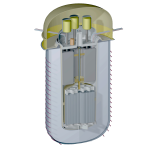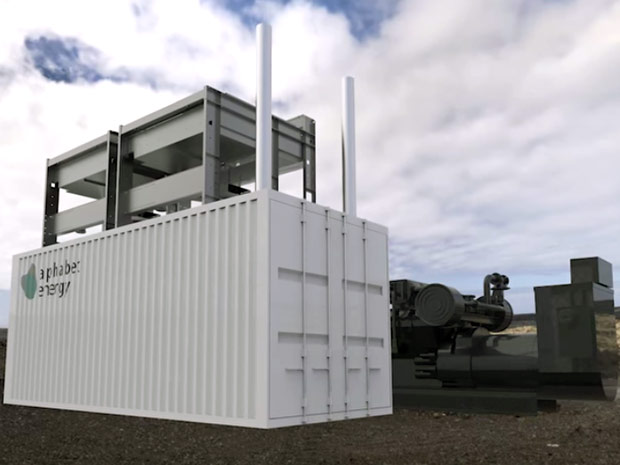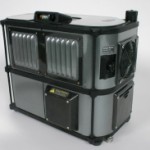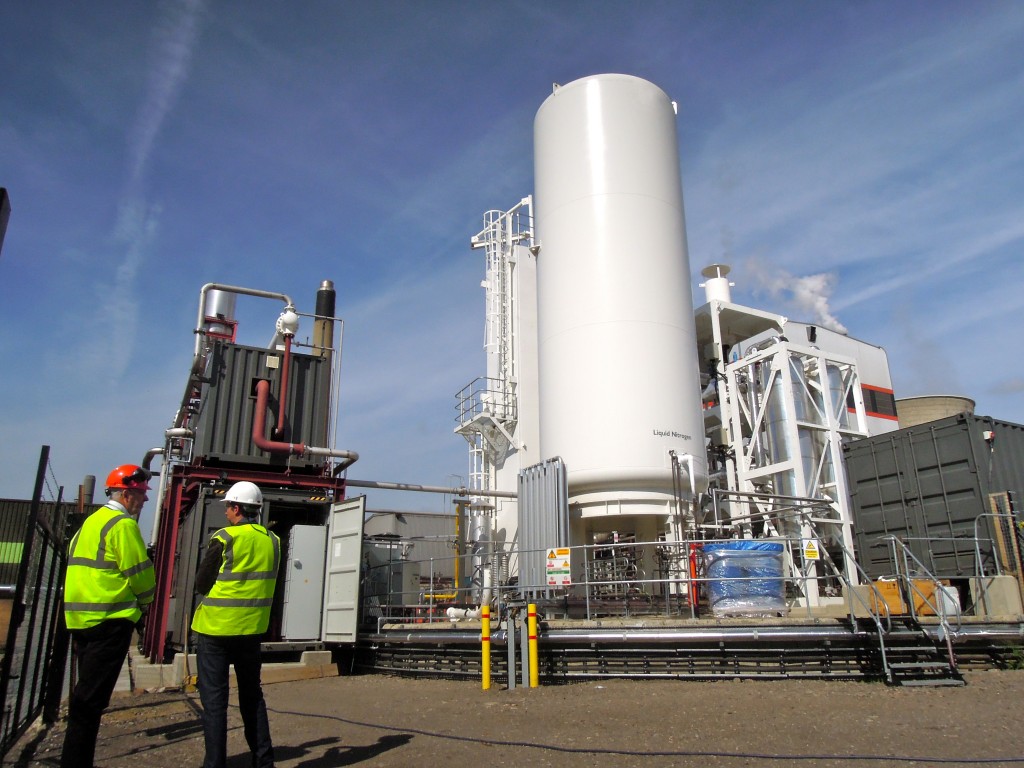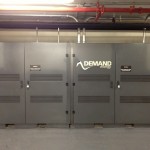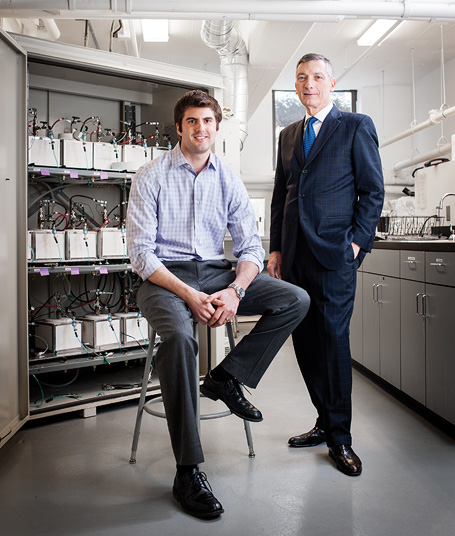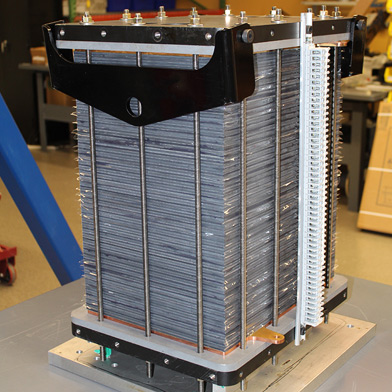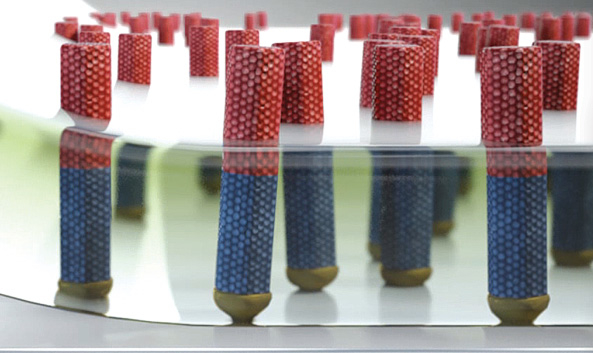In the mid-2000s, I transitioned from covering the technology industry to environment & energy, driven by an interest in what I saw was a very big story: climate change. I reported on the clean tech bubble and bust as the lead reporter at the widely read Green Tech blog at CNET News. At MIT Technology Review, I wrote a regular blog on energy technologies and contributed stories to the magazine and website. Later I launched the Environment & Energy coverage at The Conversation, where I commissioned and edited articles by academic experts on a range of issues.
Below are a collection of articles I wrote while a reporter.
The big question facing new energy technologies is how do they scale? To answer that question, I approach energy stories from three dimensions: technology, policy, and business.
Is This the Age of Alternative Nuclear Power?
Next-generation nuclear technologies are designed to be safer and less expensive than the widely used light water reactor. Some ideas for getting better nuclear out the labs and into the market. (IEEE Spectrum)
Ambri’s Better Battery
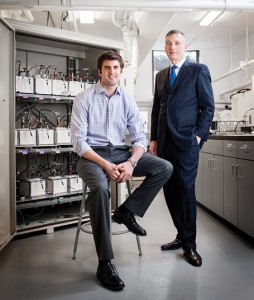
A tiny startup called Ambri wants to transform our energy system with massive liquid-metal batteries. (MIT Technology Review)
A New Day for Grid Batteries
Ambri’s funding suggests that the market for multi-hour energy storage on the electric grid is finally starting to materialize. (MIT Technology Review)
The Utility Death Spiral By the Numbers
Just a small penetration of distributed solar affects utilities’ revenues but has minimal impact on electricity rates. IEEE Spectrum
Cleantech Startups Seek to Scrub Dirty Industries
Rather than try to unseat giant incumbents, small companies target them technology to make energy, mining, transportation more efficient. Xconomy
Storing Hours of Solar Energy by Circulating Saltwater
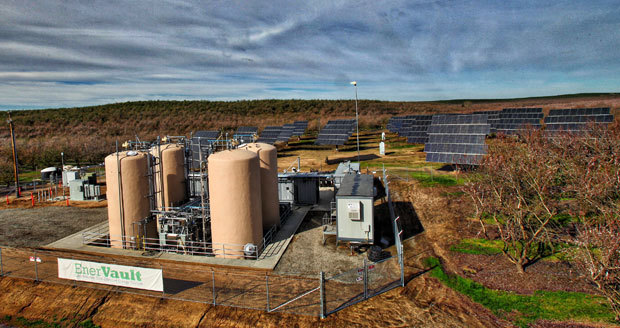 A flow battery from startup EnerVault could pave the way toward long-duration batteries replacing natural gas plants. IEEE Spectrum
A flow battery from startup EnerVault could pave the way toward long-duration batteries replacing natural gas plants. IEEE Spectrum
Methane Hydrates: the Next Gas Boom?
Japan successfully extracts gas from a deep-sea methane hydrate formation, a massive resource but one that could exacerbate global warming. (MIT Technology Review)
A Generator That Runs on Exhaust Fumes
Two companies–GMZ Energy and Alphabet Energy–say they’ve finally make thermolectric technology commercial. (IEEE Spectrum, Xconomy)
Solar Industry Invests in Innovation — Again
With the global glut of solar panels largely absorbed, solar manufacturing technologies, particularly those that boost cell efficiency, are becoming a key lever for reducing solar’s costs, which explains why SolarCity bought startup Silevo.
Read my story here.
Multi-Hour Grid Storage Becoming a Reality (MIT Technology Review)
Storing wind and solar power using today’s battery technologies is too expensive, but new technologies from the likes of startup Ambri could make it affordable, enabling wider use of renewables.
NRG to disrupt utilities with basement generator (Greentech Media)
Dean Kamen, Segway inventor, is now bringing energy autonomy and Stirling engines powered by natural gas to the home. Will the utility-run electric grid only be used as back up to consumers and businesses?
Giant Batteries to Replace Power Plants
New battery technologies will transform how power is delivered on the electric grid.
Microgrids 101: What you need to know
Why all the buzz about microgrids?
Microgrids and the Future of Energy
Everyone agrees that distributed energy is changing the electric grid, but whether microgrids and distributed energy fundamentally reshape the energy system is still up for grabs. GreenBiz
Liquified air to store energy on the U.K. grid (IEEE Spectrum)
It’s not just about big batteries. A number of companies are building mechanical systems that use compressed or liquified air to store hours of energy on the grid. Their biggest advantage may be using off-the-shelf gear.
Bright Lights, Big City–Big Battery (Scientific American)
Cities are a key proving ground for commercial energy storage technologies, offering businesses a way to shave peak power charges–and make the grid more resilient.
SolarCity ties Tesla EV batteries to rooftop solar
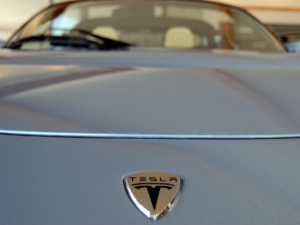
By reducing peak-hour “demand charges,” SolarCity can finance installation of repurposed EV batteries that cut monthly electric bills. It’s a sign that energy storage is becoming economically viable for certain applications and, particularly when combined with solar, siphons revenue from utilities. GreenBiz
LED light bulb efficiency surges but quality lags (Greentech Media)
The lighting industry has greatly increased the efficacy as measured by lumens by watt, but the quality of light is about the same as CFLs.
Ambri’s Better Battery (MIT Technology Review)
A tiny startup called Ambri wants to transform our energy system with massive liquid-metal batteries.
Natural Gas Sets Off a Distributed-Energy Boom
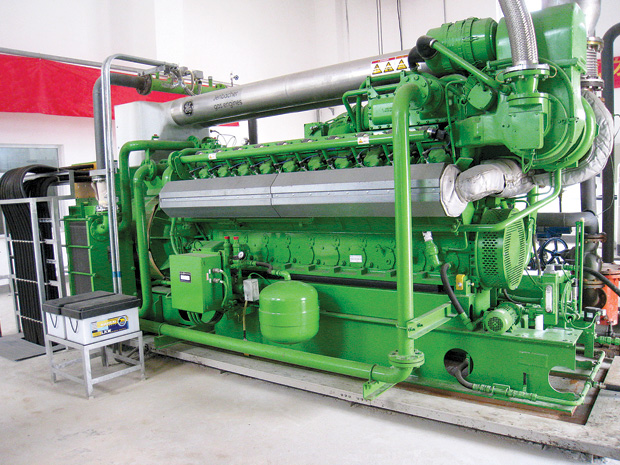 Driven by concerns with grid reliability, more institutional and commercial energy users are buying into distributed energy. It’s set off a race between different on-site generation technologies.
Driven by concerns with grid reliability, more institutional and commercial energy users are buying into distributed energy. It’s set off a race between different on-site generation technologies.
A Cheaper Flow Battery for the Electric Grid
After abandoning plans for its “artificial leaf,” startup Sun Catalytix enters a crowded field with plans to make a flow battery to store many hours of renewable energy or relieve bottlenecks on the grid network.
Robots come to solar, promising lower costs (GreenBiz)
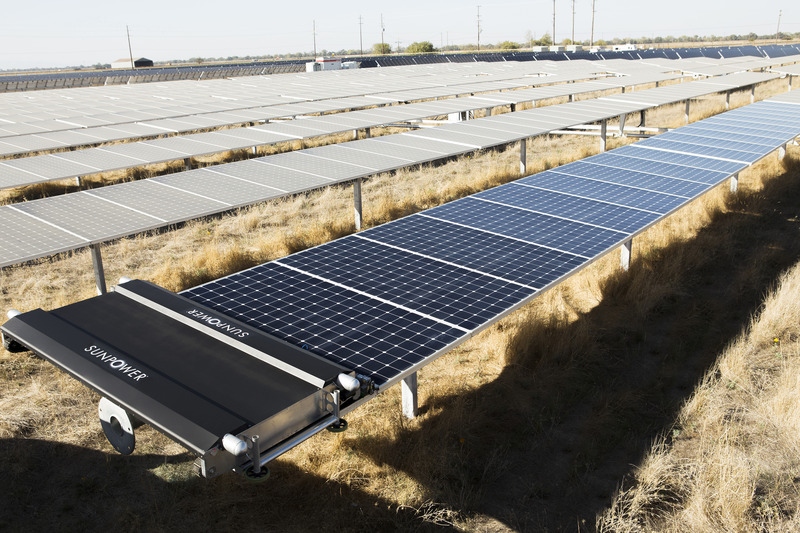
An industry fixated on cost turns to automation through robotics.
GE Bets on Distributed Energy with Fuel Cell (IEEE Spectrum)
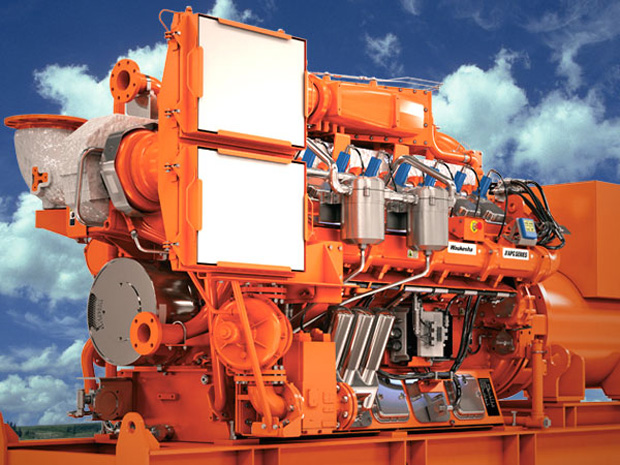
Looking to capitalize on growing interest in natural gas, GE Research is working on a combination of a fuel cell and engine generator to meet growing demand for distributed electricity.
Flow batteries could back up the grid of the future (New Scientist)
The batteries’ unique design could smooth out the power from renewables and help usher in the rise of more resilient microgrids.
Sol Voltaics plans to make a nanowire-laden ink to boost solar panel efficiency using a low-cost manufacturing process.
The outlook is bleak in the U.S. and complicated in other countries.
Designer Carbon Provides Longer Battery Life (MIT Technology Review)
EnerG2’s nanostructured carbon anodes can boost lithium-ion battery capacity by 30 percent.
Will Methane Hydrates Fuel Another Gas Boom? (MIT Technology Review)
Energy-hungry Japan extracts natural gas from deep-sea methane hydrates, but it’s not clear whether the “flammable ice” makes economic and environmental sense.
A123’s China Deal is the Latest Energy Controversy (MIT Technology Review)
Some observers are alarmed that the federally backed battery maker A123 Systems could soon be owned by the Chinese. But did the company have a choice?
